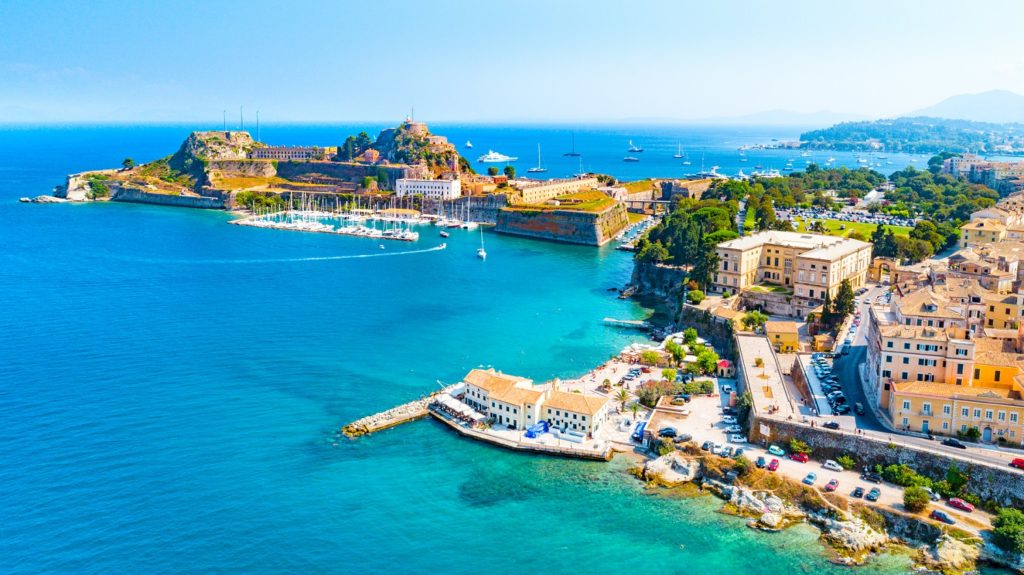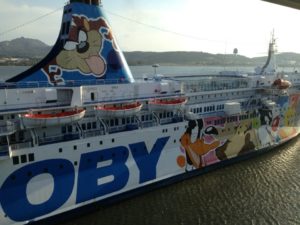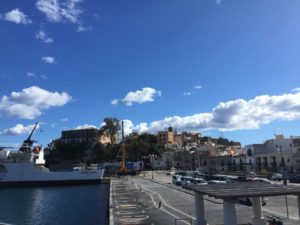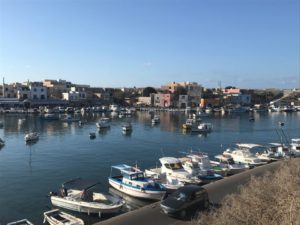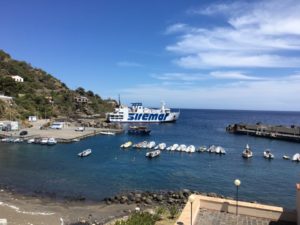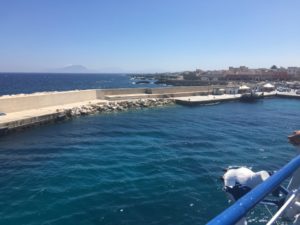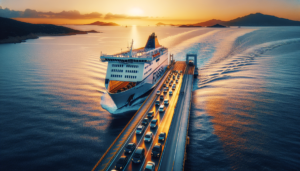Discovering Kérkyra
The island of Corfu is the northernmost of the Greek archipelago of the Ionian Islands; it is located just over eighty miles away from the Salento peninsula. Called in the original language Kérkyra, the name we know derives instead from Koryphō, or the two peaks, for the two mountains of about nine hundred meters that characterize it. The maritime connections to the Hellenic nation and Italy consolidate territorial mobility also supported by airlines. There are several shipping companies that, on the routes of the ferries to Greece, make an important stopover. Longer than wide, in the shape of a seahorse, with an area of approximately 580 sq km, it has more than 200 km of coastline with many bays and beaches set in a prosperous nature which make it an attractive tourist attraction. A third of the population, which amounts to more than 110,000 inhabitants, lives in the city of the same name, the capital of a peripheral unit still bearing the same name which it constitutes with other small surrounding islands. In the myth of the Odyssey, Corfu represents the island of the Phaeacians where Ulysses after the shipwreck is found by Nausicaa, the king’s daughter, and at the court banquet begins to tell his story.
How to get to Corfu
In the list of links here below there are all the routes traveled by ferries departing from Italy and having as their destination the port of Corfu:
Here are ten tips on what to do.
1) Go to the beach
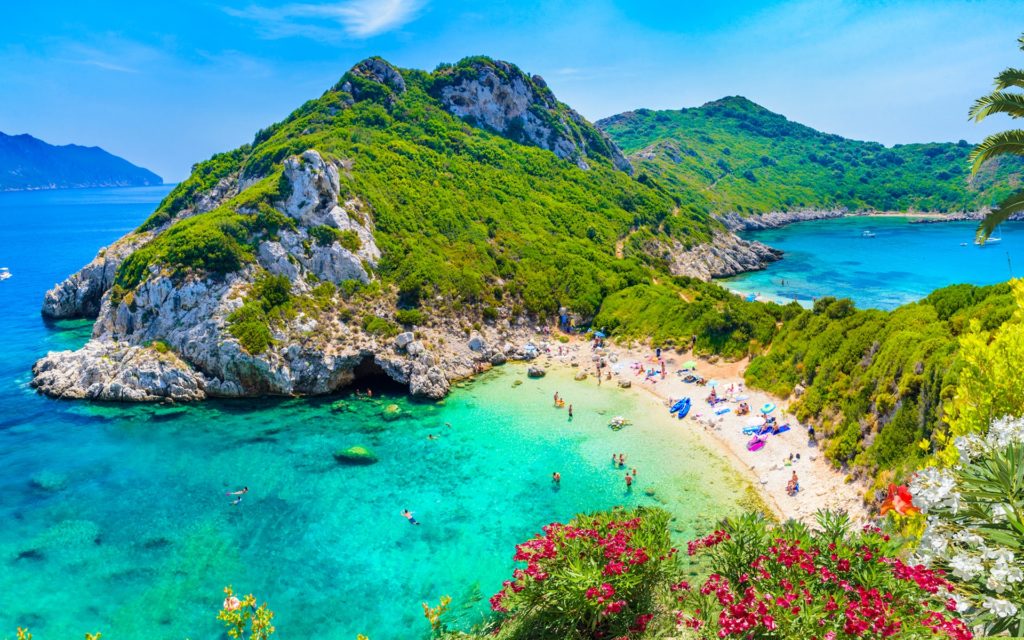
Corfu stands out for its long sandy coastlines and welcoming coves. There are many bathing establishments but also free and wild beaches; in all cases surrounded by formidable natural sceneries in which to bathe in an enchanting sea. The north-western coast offers a lot of sand, even on the seabed, which alternates with rocks only in the lower sector of this stretch, which at the same time presents fabulous underwater sceneries. Mount Pantokratoras stands out on the north-eastern coast; the bays are often stony and with steep ridges behind. On the south-western coast there are the coasts with the finest and softest sand and the seabed is always very low; as you descend along this stretch, the beaches become longer and longer but also exposed to the wind. The coast of the south-eastern side, where the sea is almost always calm, is the one with the greatest number of equipped beaches of pure sand or mixed with pebbles with slowly sloping seabeds.
2) Visit the city of Corfu
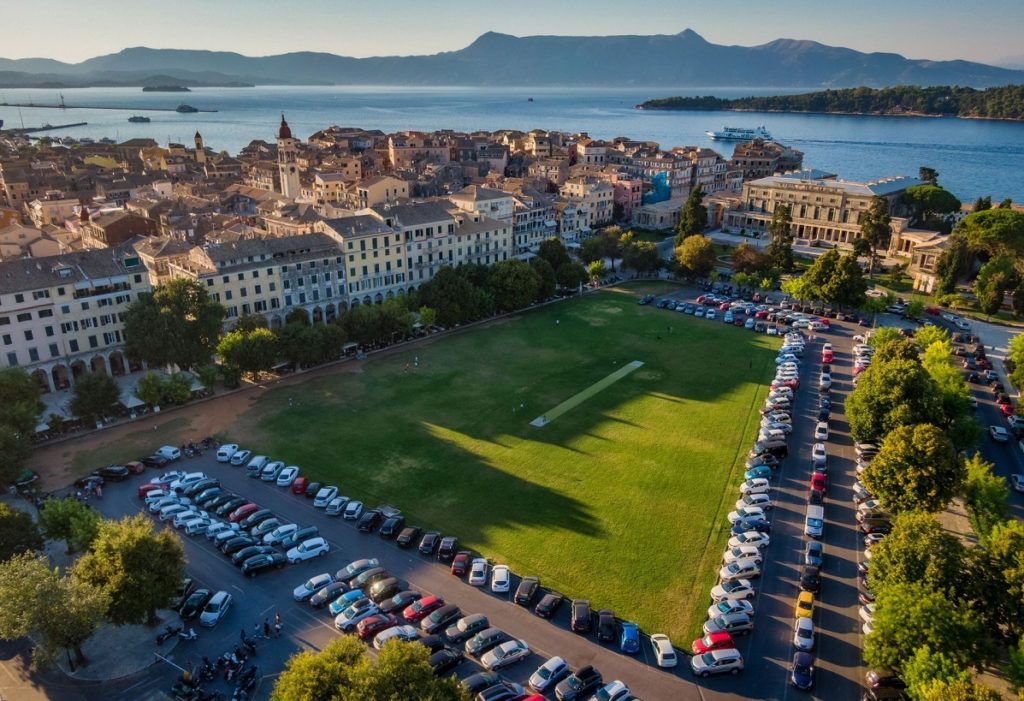
The city, often called Corfu Town in English, contains an ancient soul, which tells its story. The Venetian domination was significant from the end of the 1300s to almost all of the 1700s, during which the Old Town was built, which has architecture very similar to the Italian historical centers. The difference is made by the La Spianada square, bordering the Old Fortress, the construction on rock that dominates the port. It is characterized by the green of the meadows, trees and monuments, it is surrounded by cobbled alleys, the so-called kantounia, which surround the clearing, with many vintage-style shops, bars and restaurants, also open in the evening; these alleys branch off to other small squares. On one side there is the Liston colonnade, a French palace of the early nineteenth century built during the Napoleonic domination, at the end of which is the neoclassical Palazzo di San Michele and San Giorgio built by the English, near which a part of the lawn was used as a cricket pitch.
3) Enter the Achilleion
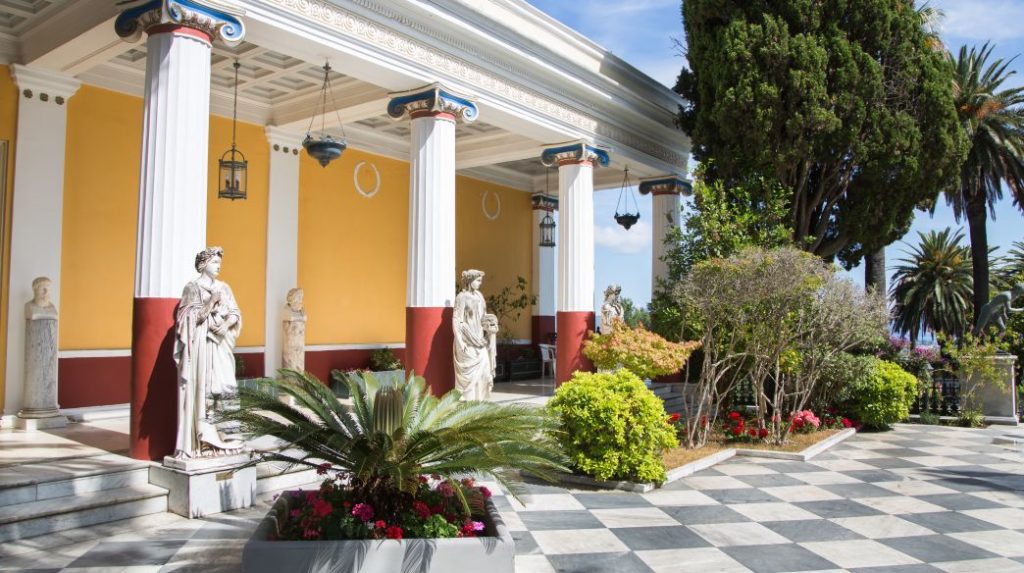
The Achilleion palace was built by Empress Elisabeth of Austria (Sissi) in the locality of Gastouri – about ten kilometers south of the capital – as a summer residence. Focused on the myth of Achilles, it was designed in 1890 by a Neapolitan architect in the Pompeian style. Currently it is possible to visit both the interior, majestic, used as a museum, with frescoes and paintings, and the exterior with spectacular gardens and mythological statues, as well as breathtaking views. In the porch there are the statues of the nine Muses and the three Graces, as well as busts of philosophers and men of letters. On the terrace of the park emerges the statue of the hero, depicted on the verge of death, while trying in vain to extract the dart from the heel. It was the set of one of the James Bond films.
4) Go to the Angelokastro Fortress
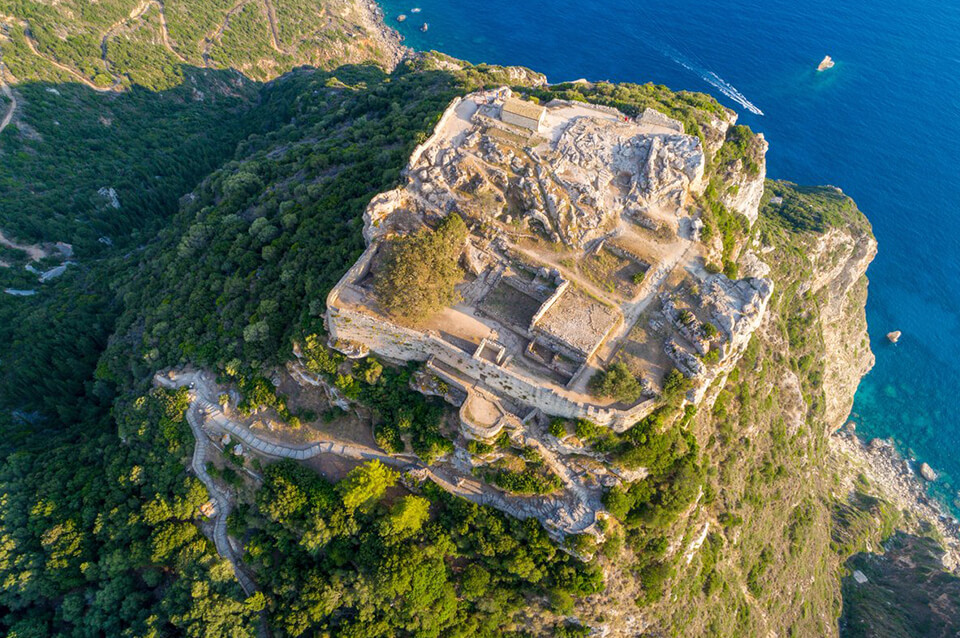
Also called Castello dell’Angelo, the Angelokastro Fortress is located on a vertical rocky ridge of about 300 meters, overlooking the sea, on the north-western side. It is a construction of the Byzantine era, more fortified even later, but in any case a place of sighting and protection since the Mycenaean age due to its position and strategic conformation. Despite frequent sieges, it has never been conquered over the centuries. It played a decisive role in the defense against pirate raids and during the three conquest attempts by the Ottomans, with a significant contribution to their defeat. From 1387 to the end of 1500, the so called Castel Sant’Angelo was the official capital and the seat of the Provveditore Generale del Levante, governor of the Ionian islands and commander of the Venetian fleet.
5) Go to Palaiokastritsa
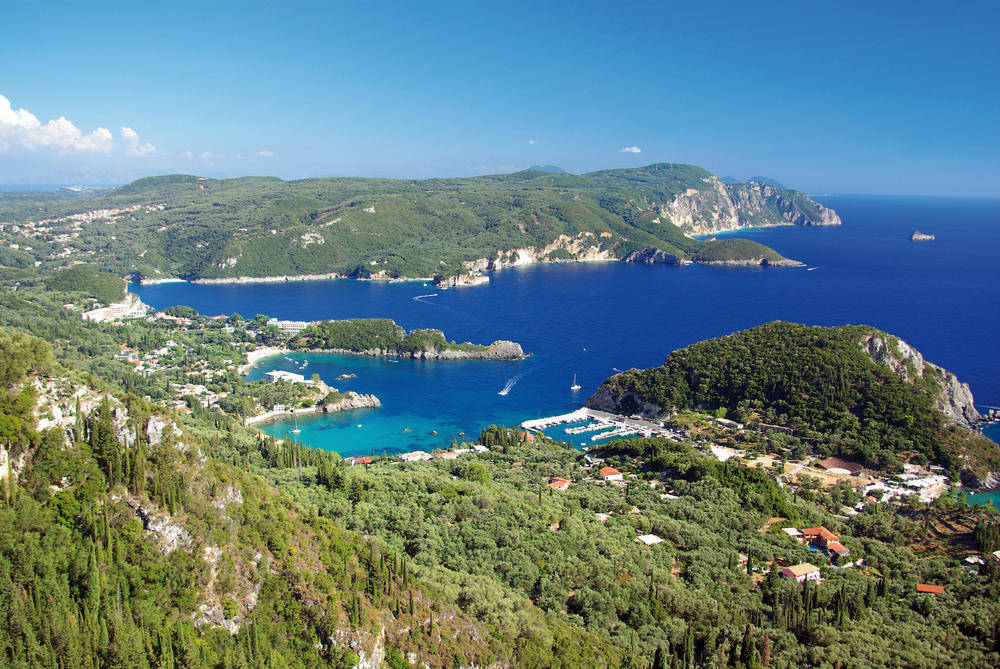
Palaiokastritsa is a place famous mainly for the beauty of the sea waters that touch the beaches and rocky bays. There are six of them, four of which can only be reached by boat, to be hired or shared using the special taxi service. Nearby, on a hill, you can freely go to visit the monastery of the place: Panagia Theotoki, dating back to 1200. On the ground floor there is a garden and a shop of oils and liqueurs produced by the monks, while on the upper floor the church there is a museum dedicated to the Orthodox religion, and a well, where, as legend has it, those who throw coins will surely return someday. Those who do not have suitable clothing are provided with a robe to cover the uncovered parts of the body. In addition to this possible mystical interlude the advice is to book an excursion to Paradise Beach from the long wooden walkway from which boats depart every hour.
6) Go around the village of Liapades
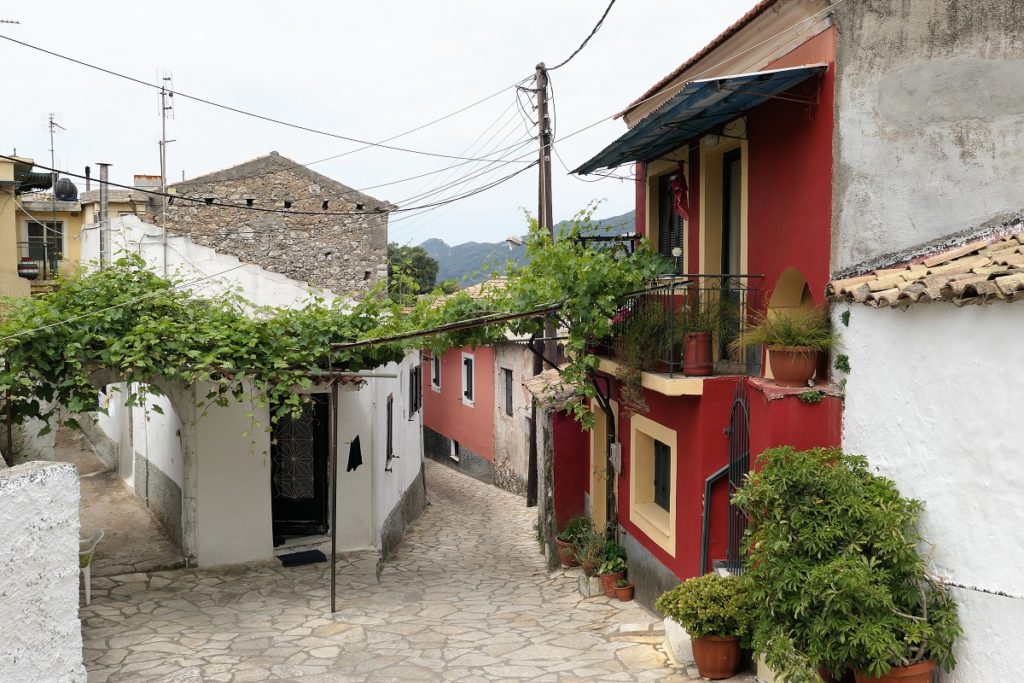
The village of Liapades is located on the northwest side. In winter, the local economy is based on agriculture, while in summer, on tourism, although not mass tourism. On the side of the second Corfiot mountain, Kourkouli, the building extends up to the North Valley. The ancient part of this traditional village represents the Ionian culture with houses that can date back to 1700. The newest part is the tourist one, with accommodation facilities, shops and restaurants offering the typical products of Greek food and wine. The main beach of the town is that of Giofyra, but there are others, reachable through paths, sometimes through dense vegetation.
7) Swim in the Channel of Love
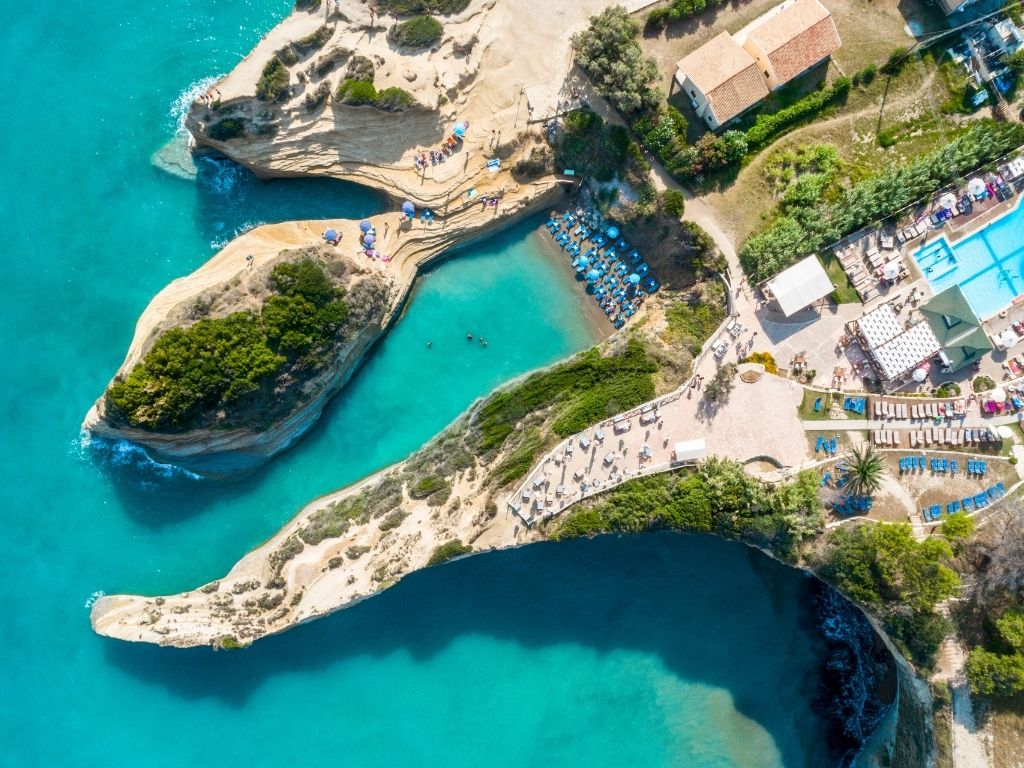
If you are a couple and believe the legends, you should take a swim together in the Channel of Love, in the Gulf of Sidari, north of the island and, it is said, your love will be consolidated and will be forever. Rock formations smoothed by the action of the wind stretch out to sea creating this stunning erosive furrow. There are many sea caves that have formed on the walls that sink into a crystalline sea, which bathes the beach of golden sand.
8) Reach the summit of Mount Pantocrator
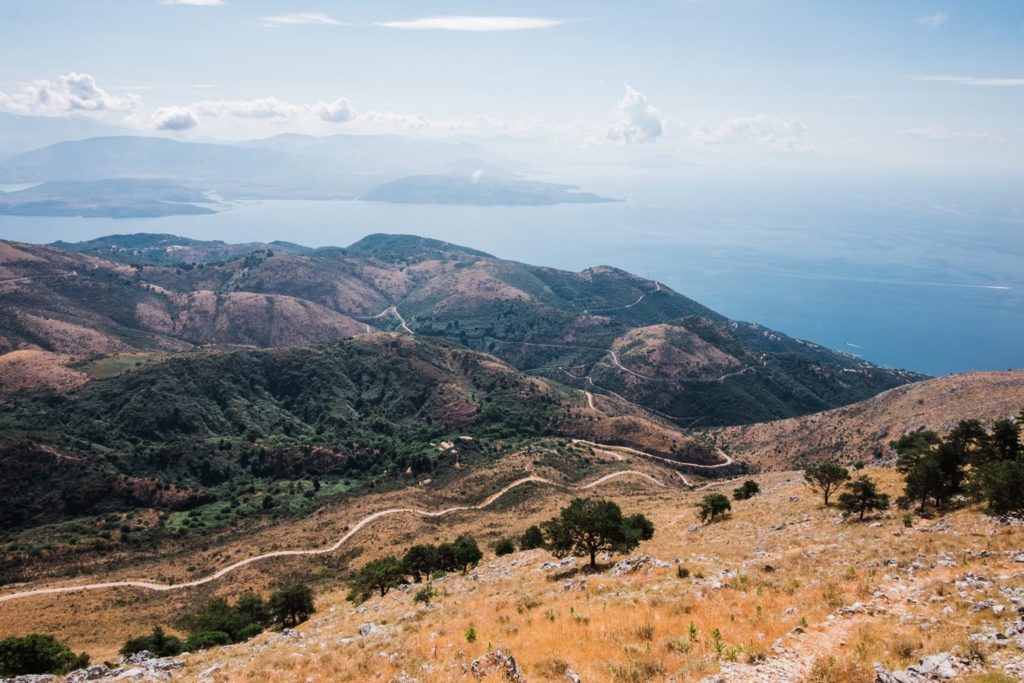
Starting from the town of Pirgi, along the north-west coast, passing through some villages, you can climb the highest mountain: Mount Pantocrator. From the summit, at 906 meters high, you can have an overall view of the island, coming to see Albania. On clear days it is even possible to see Italy despite being about 130 km away. At the top there is a bar, a telecommunication station and a monastery. You can drive or walk to the top. One of the best places to start the walk, which lasts about an hour, is the ancient village of Old Perithia.
9) Taste the Corfiot food and wine
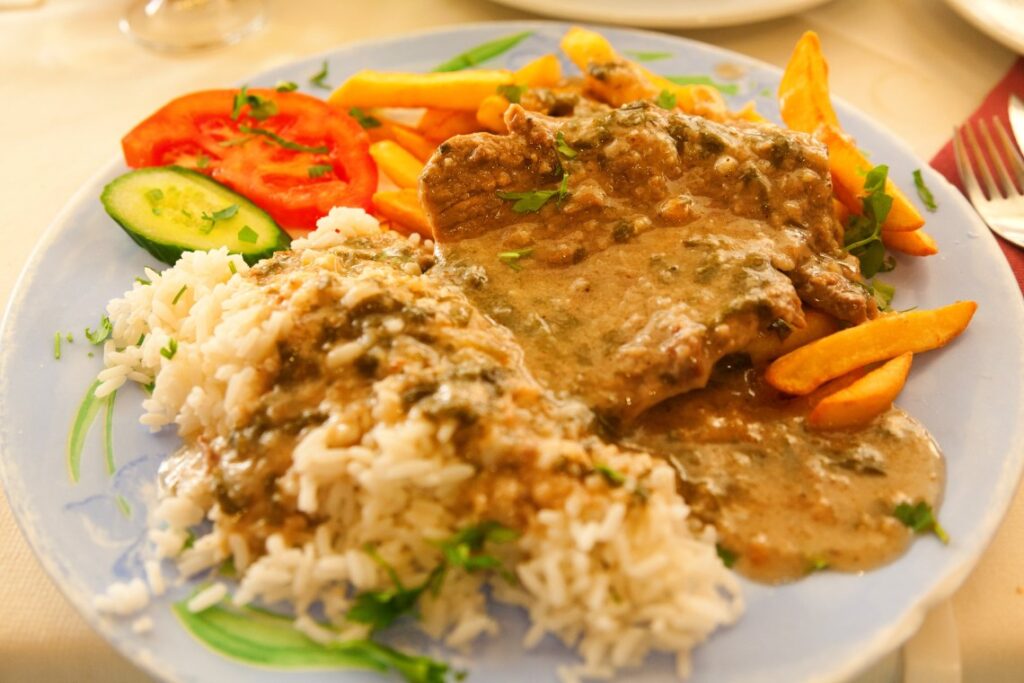
Lamb, goat, pork and fish meats – in particular octopus, shrimp and squid – together with feta and kefalotiri cheeses, form an important part of Corfiot gastronomy. For an aperitif, it is better to taste only olives, strictly zero km, otherwise you risk not being able to eat the characteristic delicacies entirely. A typical dish is pastitzada, a type of pasta similar to ziti with spiced tomato sauce also with cinnamon, red pepper and bay leaf, wine and onion, and with cockerel meat. Sofrito is instead made with rice and veal cooked in a casserole with wine, white pepper and garlic. The numbulo, a smoked pork sirloin sausage, is very typical. The bourdeto is the spicy fish soup. The desserts are the usual ones of the Greek tradition, based on lots of honey, dried fruit, ricotta and spices. Among the autochthonous wines the Kakotrigis, dry, straw yellow, comes from the vineyard of the same name. The variety called Skopelitiko is generated from vines of pink grapes. From that Petrokoritho an excellent strong red wine is born.
10) Ascend the Emperor’s Throne
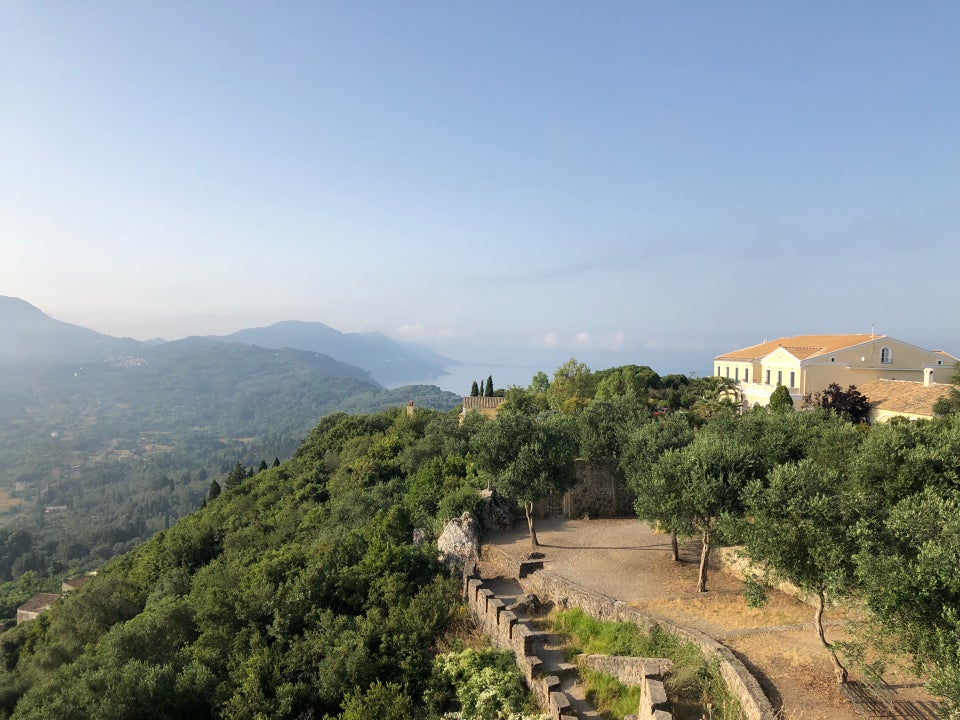
On the west coast, 270 meters above sea level, the village of Pelekas is perched, where you can climb the so-called Throne of the Emperor, a panoramic terrace among the olive trees. The Kaiser Throne is an observatory that the German Emperor Wilhelm II of Germany and Prussia had built, in order to have a panoramic view with an exceptional perspective and meditate. Also in the village, inhabited by a few hundred people, there are many taverns that prepare the typical local cuisine and, at a short distance, a beach specifically that of Kondogialos, with fine sand. After spending a day at the sea, you can then go up for a thundering view of the sunset, always wonderful on this side.

